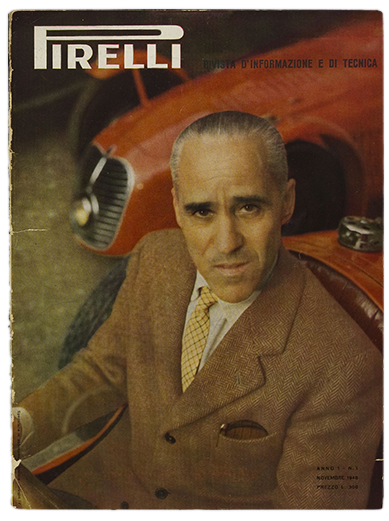Bob Kennedy during the American election campaign
The year of broken dreams
On 5 January the “Prague Spring” begins: Alexander Dubcek comes to power and governs until 20 August, when Warsaw Pact tanks invade Prague.
370 people die in an earthquake in Belice (Sicily); reconstruction will be slow.
The Tet Offensive in Vietnam is triggered by General Vo Nguyen Giap and the operation continues through January and February. In March, 450 civilians are killed by the US army at My Lai in Vietnam.
In the most dramatic event of the 1968 protests in Italy, students and police clash violently outside the university in Valle Giulia in Rome.
On 4 April, Martin Luther King is assassinated by James Earl Ray in Memphis (USA).
In May, serious incidents take place between the police and students in the Latin Quarter in Paris. On 13 May, 800,000 people take to the streets in the climax of the May 1968 events in France.
In June, Robert Kennedy, the brother of John, is assassinated in Los Angeles.















































